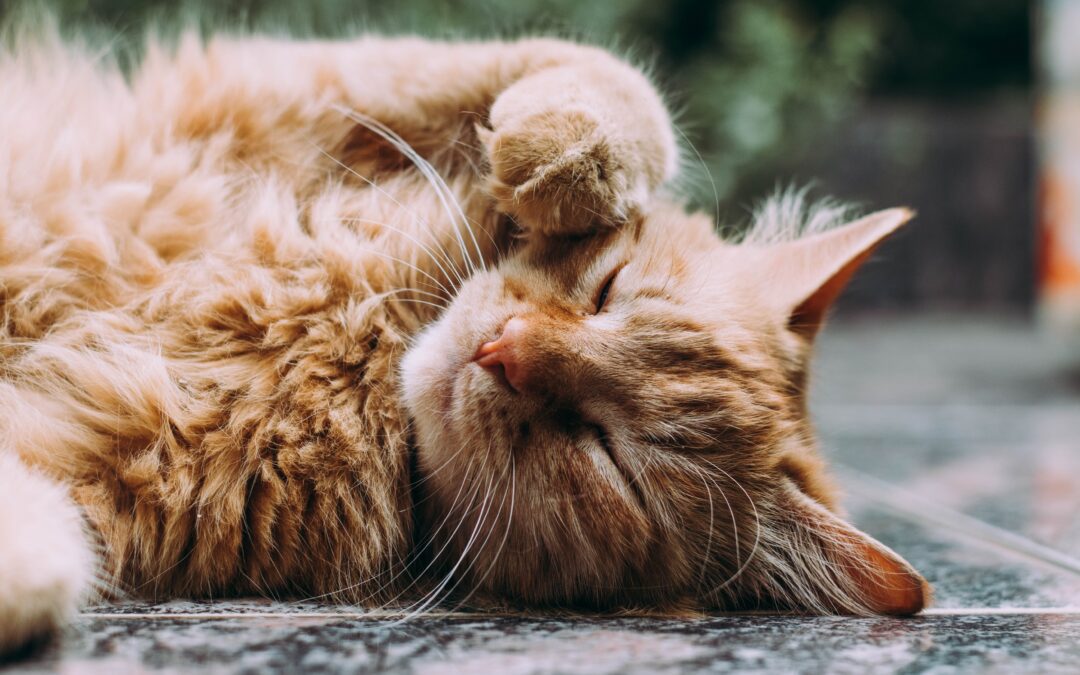In the 1950s, declawing was common in the US and Canada to remove indoor cats’ claws. But as veterinary medicine has evolved, declawing has fallen out of favor. Maryland and New York have passed declawing bans, and eleven cities (including Denver) have also banned declawing. Let’s talk about why.
What is declawing
Declawing is surgically amputating a cat’s end toe bones and the attached claws. This procedure can be done using scalpels or lasers. The surrounding skin is then sutured, and the paw is wrapped until the incision heals.
What is the problem?
First and foremost, this procedure is painful for the cat. Any surgery carries a degree of pain, and this procedure is not for medical reasons but for cosmetic purposes. Removing the bones in the cat’s feet also causes the cat to walk differently, leading to joint or balance problems. Claw regrowth is also possible if the procedure is done incorrectly, causing increased pain and possible abscesses. The cat may also develop behavioral issues when unable to scratch or stretch correctly.
Why do cats scratch?
Cats scratch for a variety of reasons, and it is normal behavior. Cats use their claws to help when stretching their muscles. They also scratch to put their scent from their paws on items to mark their territory. Finally, they use their claws to play when attacking toys or climbing to their perch.
So what can I do?
Some cats prefer vertical scratching posts, while others prefer horizontal or angled boards. You can use both to keep your cat from scratching furniture or the floors.
Placing multiple scratching posts around your house, especially near furniture, will offer your cat a different place to scratch.
Most veterinarians will offer nail trim appointments if you are unsure about clipping your cat’s nails yourself.
You can also ask your vet about applying soft plastic nail caps to your cat’s paws if you are concerned about your cat scratching people.

